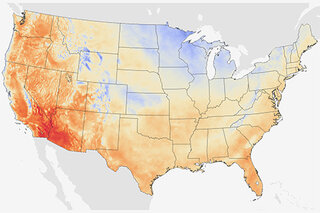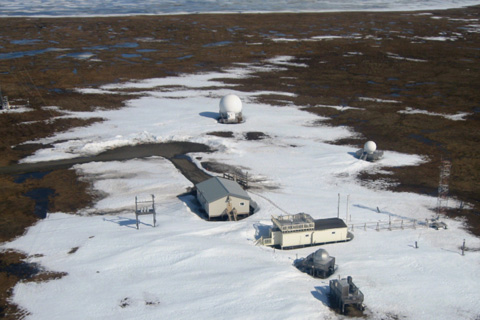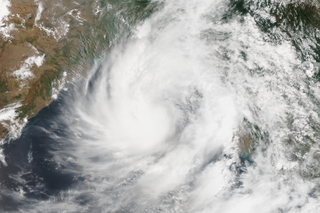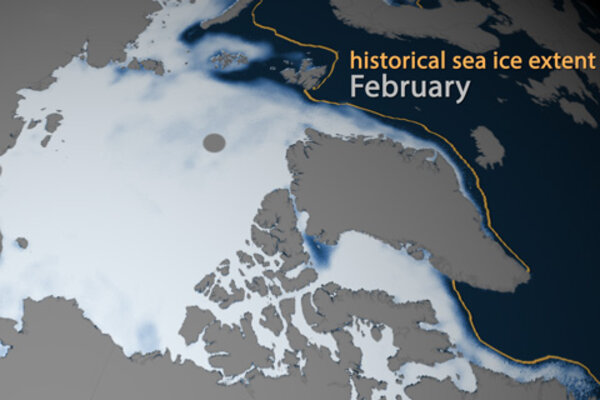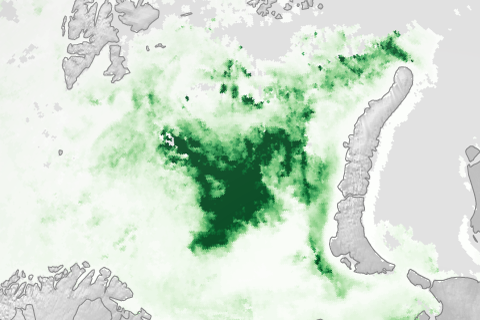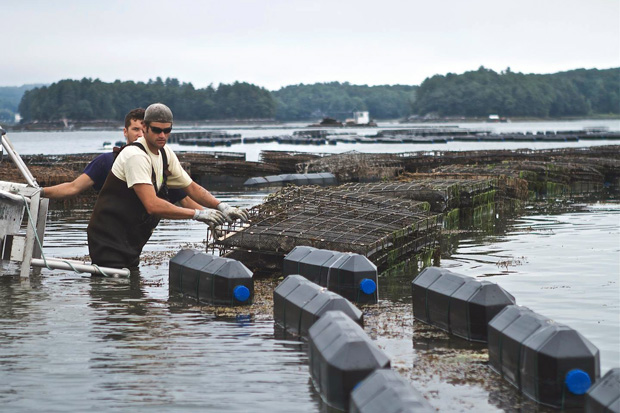
Following a plateau in the early 2000s, global concentrations of the powerful greenhouse gas methane have hit new highs in recent years. Chemical fingerprint tests seem to rule out a major role for fossil fuels. With more than half a dozen possible natural and human sources, how will scientists figure out where it's coming from?
